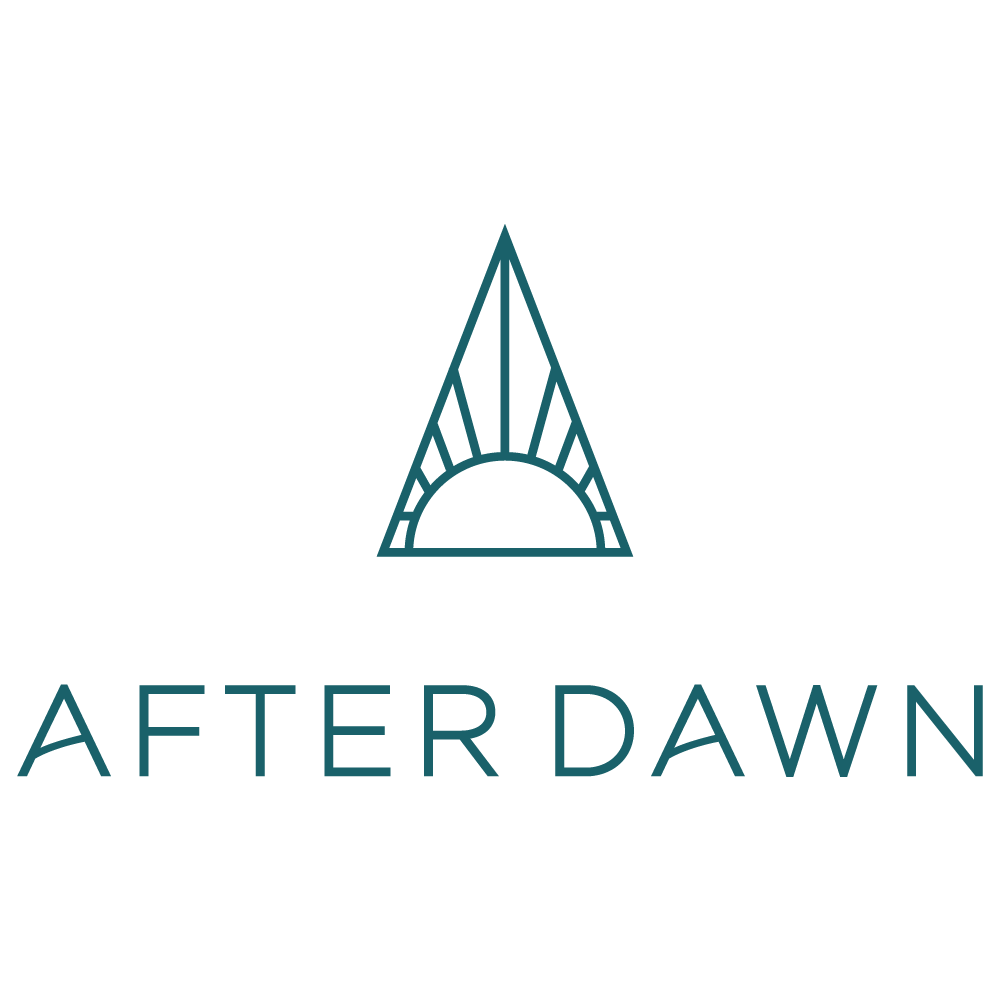Yoga Asana: Downward Facing Dog or Audo Mukha Svanasana
Each posture in the physical yoga practice has a Sanskrit name ending in asana. Asana means seat or posture. Today we will explore downward facing dog pose. Down dog is known as Adho Mukha Svanasana in Sanskrit. We see: adho which means down, mukha which means: face, svana which means: dog and of course, asana which means: seat or posture. We do not see down dog in the ancient texts and it does not make its way onto the asana stage until the early 1930’s with Krishnamacharya who influenced both B.K.S. Iyengar and Pattabhi Jois of whom founded Iyengar and Ashtanga yoga. Both of these traditions popularized downward facing dog as one of the most iconic yoga postures in all of yoga.
This brings us to the WHY behind Adho Mukha Svanasana. Regardless of its more recent introduction into the most prevalent practiced yoga postures, down dogs’ primary function is the same as all of the asanas. This important, yet not always emphasized function, is to strengthen and optimize the physical body in order to access the deeper, more subtle aspects of ourselves. When we gain access to our mind space, we can begin to manage our own thoughts and beliefs as helpful or not helpful. We can begin to slow down incessant thought streams, access presence, and ultimately our “true” or unobstructed nature.
The physical WHY behind Adho Mukha Svanasana is a combination of strength and stretch. The stretch is mostly felt in the hamstrings, calves, achilles, arches of the feet, spine, and shoulders. The strength of the posture is in the engagement of the legs, arms, shoulders, core body, hands, and wrists. This posture is an inversion as the heart is above the head and therefore improves circulation and blood flow to the brain.
Adho Mukha Svanasana can have symbolic, metaphoric, and meaningful significance to our own personal why’s. Dogs have so many qualities that are conducive to enhancing the quality of life like: playfulness, curiosity, enthusiasm, sincerity, loyalty, affection, endurance, bravery, reliability, protection, and on and on. When considering downward facing dog and how we often return to it over and over again, let’s correlate it with the quality of home, safety, and security. I currently live in a rural village in Guatemala and we have 7 dogs! We like to say that we have a 7 tiered security system. They patrol our property day and night and are sure to let us know if a stranger is near. The security they provide is invaluable and gifts us a sense of ease and relaxation so that our mental energy can be directed toward accomplishing all of the many dreams we are building here. Practicing DFD is an opportunity to acknowledge your body as your home here on planet earth. By tending to your home with asana, nutritious food, conscious breath, space to digest feelings, quality relationships, spiritual practices, loving touch, kind internal dialogue, engagement with inspiring information, and so on, we are making our own selves the ultimate refuge. We become the sanctuary that we can rely on when things out there get crazy, disturbing, and tumultuous. When we can trust that we are safe, accepted and belong with ourselves, we can relax, feel at ease and have the space explore the unknown. Until we create ourselves and the environment of ourself as our safe home, we are in desperate search of it through other people, circumstances, and outcomes which only adds to our insecurity! How can you make you feel home today? What act, internal dialogue, or thought reframe would be a building block for your safe home? As we say here in Guate: “poco a poco,” you can cultivate yourself as the ultimate dream home.
How to do Audo Mukha Svanasana:
Start in child’s pose with the arms extended forward. Begin by rotating your palms to face the sky, this will give you external rotation of the shoulders, now turn your palms face down. Spread your fingers and press through your fingerpads. Rise onto your knees and step the feet back into a high plank position, this will give you a proper distance between your hands and feet. Bend the knees slightly and lift the hips up and back then straighten the legs and press the heels back and down, being sure the heels are hidden behind the toes (the heels will most likely not touch the ground). Engage your quads and spiral the inner thighs downward.
Modifications:
Use blocks under the hands for both wrist support and if the hamstrings feel overextended.
Bend the knees or shorten the stance any amount if the posture feels overwhelming to the backs of the legs.
Variations:
Extend one leg into the air for 3 leg dog, try bending the knee.
Reach for the opposite calf or knee to add a balance challenge and a twist.
***Permission to modify in anyway that provides you with a feeling of safety, ease, and is alignment with your purpose in practicing the posture.
Dearest Reader,
May this interpretation of down dog offer you inspiration to really live in your body as your sacred home.
All my love,
Andrea Dawn

